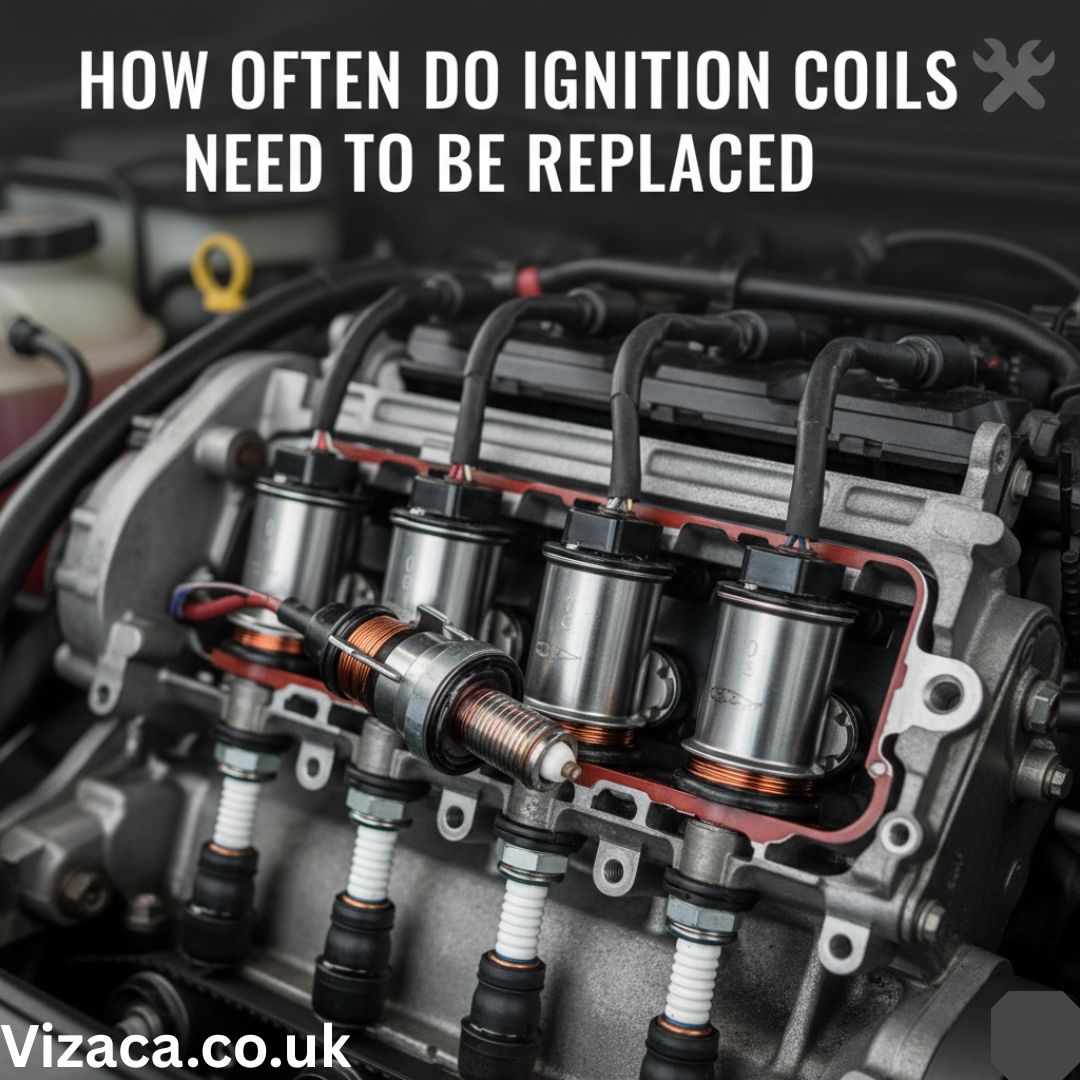The Ford 8.8 Track Lock differential, particularly in the S550 Mustang platform, has long been a favored option for drivers seeking enhanced traction and performance. One of the key aspects that contribute to its effectiveness is the ramp angles built into the differential. In this article, we’ll dive into the Ford 8.8 Track Lock, exploring what ramp angles are, how they function, and why they matter for your Mustang S550. Whether you’re a performance enthusiast or just curious about differential mechanics, this guide will give you a comprehensive understanding.
What is the Ford 8.8 Track Lock?
An Overview of the Ford 8.8 Differential
The Ford 8.8 differential is one of the most popular and widely-used differentials in Ford’s lineup, known for its strength, reliability, and performance potential. First introduced in the early 1980s, this differential has been equipped in various Ford vehicles, including Mustangs, F-150s, and SUVs. In the S550 Mustang (2015–present), the 8.8 Track Lock is particularly valued for its balance of everyday drivability and track performance.
What is Track Lock?
The Track Lock variant of the Ford 8.8 differential is a type of limited-slip differential (LSD). A limited-slip differential is designed to send power to the wheel with the most traction, helping to prevent wheel slip under high-power conditions or in low-traction environments like rain, snow, or gravel.
In the case of the Ford Track Lock, the differential uses a series of clutch packs to transfer torque between the rear wheels. When one wheel starts to lose traction, the Track Lock directs more power to the wheel with grip, giving the car better acceleration and cornering stability.
Ramp Angles: What Are They and How Do They Work?
Defining Ramp Angles
Ramp angles in a differential refer to the angle of the surfaces inside the differential where the gears or clutch packs interact with each other. These angles play a crucial role in determining how aggressively the limited-slip differential engages and how it distributes torque between the wheels.
- Steeper ramp angles result in a more aggressive engagement, locking the differential quickly and providing more power to both wheels.
- Shallower ramp angles allow for a smoother, more gradual engagement, making the differential less aggressive in power transfer.
In a typical differential, you will often find two sets of ramp angles: coast ramp angles and drive ramp angles.
Coast and Drive Ramp Angles
- Drive ramp angles: These ramp angles are engaged when the car is accelerating. The angle determines how much torque is transferred to the wheels during acceleration. A steeper angle will result in a quicker lock-up, making both wheels spin together more often during acceleration.
- Coast ramp angles: These ramp angles come into play when the car is decelerating or coasting. They help control how the differential behaves when power is not actively being applied, such as when you are lifting off the throttle or braking into a corner.
Why Ramp Angles Matter in Performance Driving
Ramp angles have a significant impact on how your car behaves under various driving conditions. For example, a car with aggressive ramp angles might offer better traction during acceleration but may feel more difficult to control during cornering or deceleration due to the rapid locking of the differential.
On the other hand, shallower ramp angles provide smoother transitions and more predictable handling, especially in street driving or less aggressive track environments. However, these angles may not provide as much raw traction under heavy acceleration.
Ford 8.8 Track Lock and S550 Ramp Angles
Ramp Angles in the S550 Mustang
In the S550 Mustang, the Ford 8.8 Track Lock differential has ramp angles optimized for a mix of street and performance driving. These ramp angles are generally balanced to offer good traction during acceleration without sacrificing drivability during everyday conditions.
- Drive ramp angle: In the S550, the drive ramp angle is designed to provide a moderate level of lock-up during acceleration. This ensures that the rear wheels maintain traction without over-aggressively locking, which could lead to unwanted oversteer or poor cornering performance.
- Coast ramp angle: The coast ramp angle in the S550 is relatively shallow, allowing the differential to disengage more smoothly during deceleration. This helps maintain stability when entering corners or slowing down, offering more predictable handling.
How Ramp Angles Affect Mustang Performance
The ramp angles in the Ford 8.8 Track Lock for the S550 Mustang are designed to balance performance with everyday usability. Here’s how they affect different driving scenarios:
- Straight-line acceleration: The moderately steep drive ramp angle allows for enough lock-up to prevent one wheel from spinning excessively during hard acceleration. This gives you better traction when launching the car or accelerating out of corners.
- Cornering: The coast ramp angle ensures that the differential doesn’t lock up too aggressively when you decelerate into a corner. This prevents the rear end from becoming too unstable, making the car easier to control and more predictable in tight turns.
- Daily driving: For everyday use, the balanced ramp angles of the Track Lock in the S550 ensure that the differential operates smoothly, without harsh engagement during normal driving conditions. This makes the car comfortable for city driving while still offering the performance benefits of a limited-slip differential when needed.
Adjusting Ramp Angles for Your S550 Mustang
Some enthusiasts may choose to modify their ramp angles for more aggressive track use or for different driving characteristics. Altering the ramp angles in the differential is typically done by installing aftermarket gearsets or modifying the existing differential internals.
- Steeper drive ramp angles: Installing steeper drive ramp angles will make the differential lock up faster during acceleration, which can improve traction in drag racing or other high-acceleration scenarios. However, this can make the car feel more unpredictable in cornering.
- Shallower coast ramp angles: Modifying the coast ramp angles to be shallower will make the differential disengage more easily during deceleration, improving cornering stability and predictability.
It’s important to note that modifying the ramp angles requires a thorough understanding of your vehicle’s setup and the driving conditions in which you plan to use the car. Adjustments that make the car perform better on the track could make it less comfortable or less safe for street driving.
When Should You Consider Upgrading Your Track Lock?
Signs Your Differential Needs Attention
If you are noticing poor traction, excessive wheel spin, or unusual handling characteristics in your S550 Mustang, it may be time to inspect or upgrade your Track Lock differential. Some signs that your differential needs attention include:
- Clunking noises: This can indicate worn-out clutch packs or other internal components.
- Excessive wheel spin: If one wheel is spinning more than the other during acceleration, the limited-slip functionality may be compromised.
- Unpredictable handling: If your car feels unstable during cornering or acceleration, the differential may not be engaging properly.
Upgrading for Better Performance
For drivers who frequently take their S550 Mustang to the track, upgrading to a more aggressive differential with adjustable ramp angles could offer significant performance benefits. Aftermarket options allow for finer tuning of drive and coast ramp angles, giving you more control over how the differential behaves in different driving scenarios.
Conclusion: Understanding Ramp Angles for Maximum Performance
The Ford 8.8 Track Lock S550 is a high-performing differential that plays a crucial role in the Mustang’s handling and traction, thanks in large part to its ramp angles. By understanding the importance of drive and coast ramp angles, you can better appreciate how they affect your car’s performance in different driving conditions. Whether you’re driving on the street or pushing your car to its limits on the track, knowing how your differential functions is key to maximizing your vehicle’s potential.
For most Mustang owners, the stock ramp angles offer a good balance between everyday usability and track-ready performance. However, for those looking to fine-tune their car for specific driving styles, understanding and adjusting ramp angles could unlock new levels of capability.










